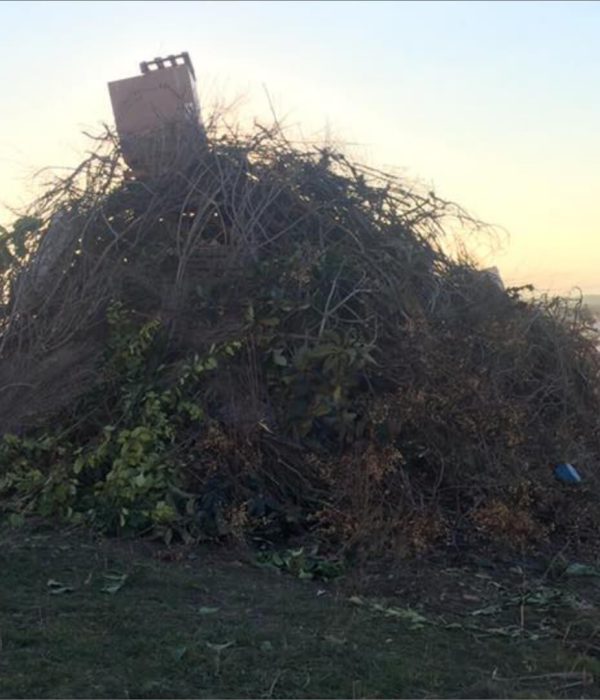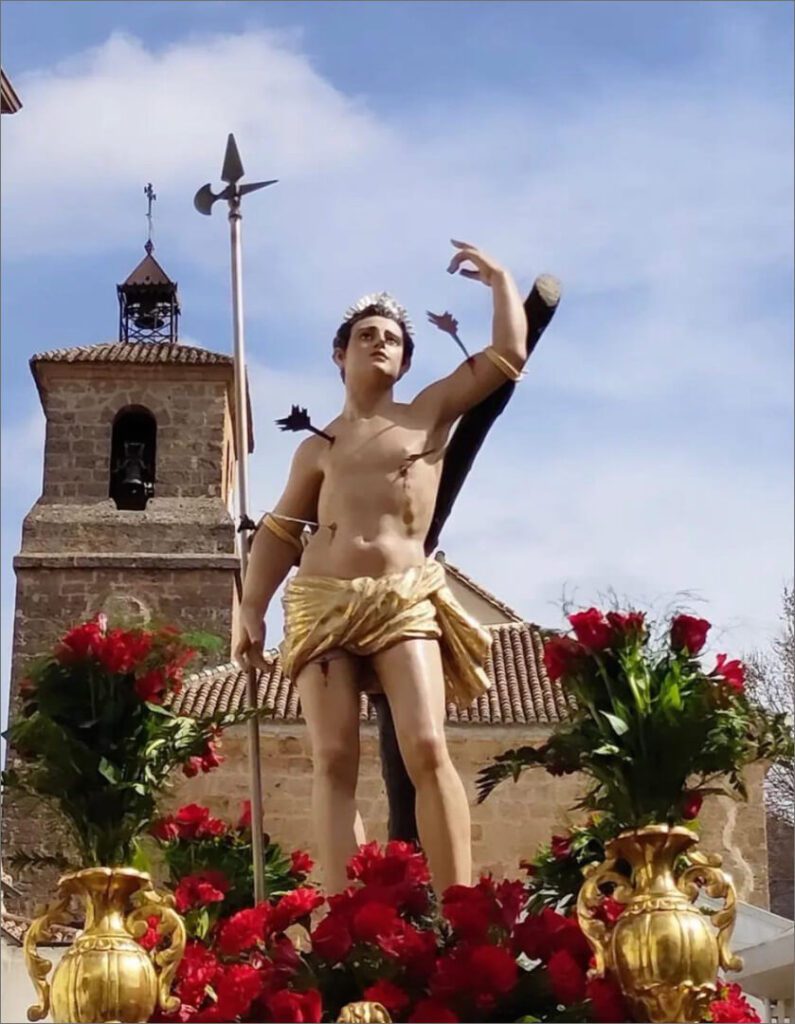Festivals and traditions

La noche de los Capachos.
The ‘Night of the Bread Baskets’ is a tradition that still takes place today, although its origins can be traced back centuries. It is celebrated on the second Sunday in January. It is a tradition that directly relates to the town’s main industry, the baking of bread, and it involved burning the ‘capachos’ (or bread baskets) that were once used by bakers to transport their bread on mules to be distributed throughout much of the city of Granada and surrounding villages. Throughout the year, they would store up all the damaged baskets and then burn them once a year on large bonfires, along with wood and branches.

Fiestas Patronales de San Sebastián.
The festival of St Sebastian is celebrated on every 20th January.
It was established in Alfacar at the end of the 19th century by a group of veterans from the Cuban War, who had placed themselves under the patronage of the Santo Guerrero (Warrior Saint) in order to return home safe and sound.
In keeping with this tradition, up to just a few years ago, it was the ‘mozos’ (young men working in service positions) who were in charge of organising the festivities as a way of thanking the saint and as a good way of earning some money to go back home. Nowadays, this tradition has been lost and the City Council is in charge of running it.
The week before this festival for their patron saint, the local people, religious leaders and municipal authorities, accompanied by the Banda de Música Municipal (municipal brass band), process the statue of the saint from the Ermita de San Sebastián to the Las Canteras neighbourhood chapel. There, a service is held in honour of the saint, after which he is transferred to the Iglesia Parroquial (Parish Church). On the Festival Sunday, after processing through the old part of the town, the saint’s statue is taken back to its chapel, where it remains until the following year.

February Carnival
We hold a parade that passes through the streets of the town, summoning the residents to the Plaza de la Iglesia or Municipal Theatre (depending on the weather), where performances are staged by small groups with songs and ditties, as well as a fancy dress competition for children, groups and adults.
Good Friday Procession
The procession starts at the Iglesia Parroquial La Asunción de Nuestra Señora (Parish Church of the Assumption of Our Lady), and is made up of three ‘pasos’ (floats): Nuestro Padre Jesús (Our Father Jesus), carried by ‘costaleras’ (a ‘costalero‘ is the Spanish name for those who carry the statues in processions – in this case they are female); the Santo Sepulcro (Holy Sepulchre); and Nuestra Señora de los Dolores (Our Lady of Sorrows), all preceded by a small cross carried by children. Each of the floats is accompanied through the streets of the town by ‘penitentes’ wearing white robes and blue hoods. As well as musical accompaniment from the Alfacar Banda de Música Municipal.
Cruces de mayo.
The ‘May Crosses’ festival focuses on honouring the Santa Cruz (Holy Cross).
To this end, crosses made of carnations, paper flowers and such are placed in public squares, courtyards, bars and on the doors of some houses, and decorated with all kinds of decorative objects, including manila shawls, ceramic pots, geraniums, guitars, etc.
A big part of this festival is also the traditional costumes that people wear to visit the crosses, called ‘faralaes‘.
Fiestas de San Pedro.
June
These festivities take place in Fuente Chica, in the Las Canteras neighbourhood. Forgotten about for a long period of time, they were revived a few years back; however, local chroniclers allude to the existence of these festivities at the time of the Moorish occupation (11th century), when people would gather around the crystal-clear waters of the spring.
Verano cultural.
July
What was originally called ‘Semana Cultural’ (Cultural Week) has been extended to the whole summer period, during which we can enjoy film screenings, theatrical performances, music concerts and a wide range of other cultural events. There’s something for young and old alike to enjoy in what has come to be called ‘Verano Cultural’ (Cultural Summer). It begins during the Fiestas de San Pedro and finishes at the end of the Fiestas de Verano (Summer Festival), which take place in the last week of August.
Fiestas de verano.
August
The Summer Festival is not a religious celebration, but an age-old tradition to celebrate the end of the farming season. It marks the end of the summer and serves as a time of rest and relaxation for people after the busy summer season. It involves a variety of fun activities.
Christmas
.
December
The Cabalgata de Reyes (Three Kings Parade) takes place on the evening of the 5th January; a magical night for everyone, but especially for the children who are anxiously awaiting their presents. The locals enjoy decorating the floats and accompanying the Magi along their route through the town. The floats are loaded with sweets which are thrown by the Three Kings and their entourage. Once they arrive at the Plaza de la Iglesia, gifts are handed out to all the children in attendance.
New Year’s Eve (Nochevieja), the last night of the year, is when the residents of Alfacar gather in the Plaza de la Iglesia to bid farewell to the old year and welcome in the new one with the traditional ‘uvas de la suerte’ (12 ‘lucky’ grapes that must be eaten as the clock chimes midnight) and the usual revelry that characterises this night. The locals shower each other with confetti and streamers and blow their party horns.
MUNICIPALITY OF ALFACAR
TOURIST INFORMATION POINT
Plaza del Baño, nº7, 18170, Alfacar, Granada.




